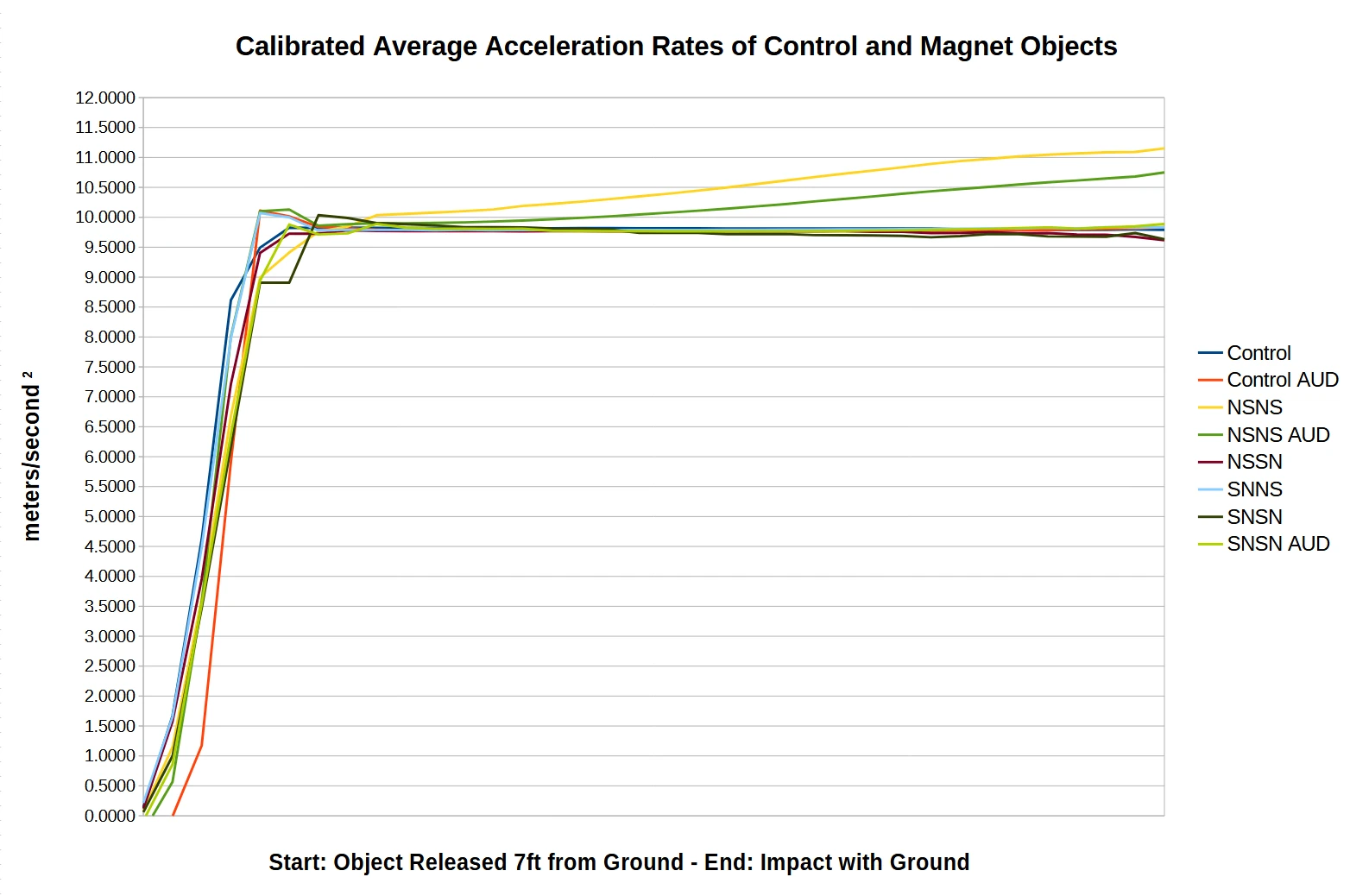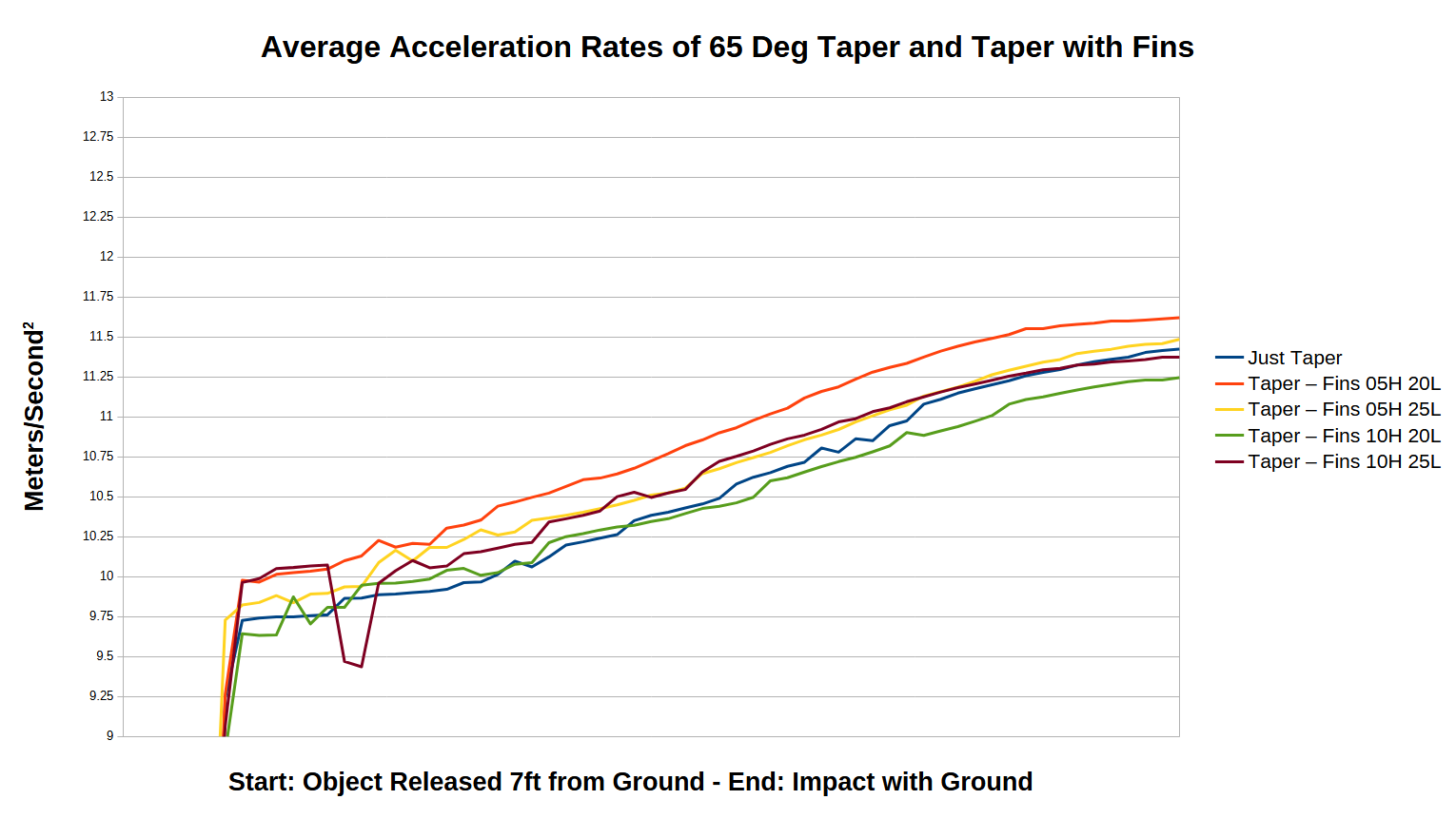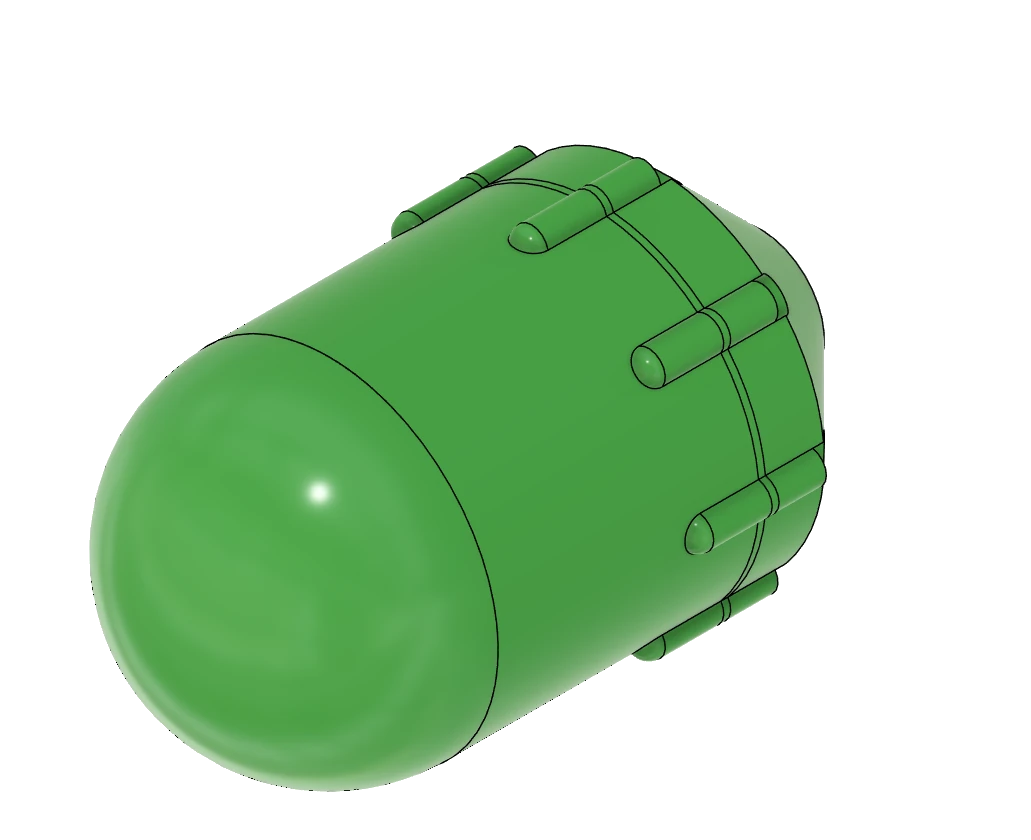11/09/2024 – APEC Open MIC
Updates on My Dipole Magnet Free-Fall Experiments. Mark 5 (Named Mark 10 in video and PP Presentation) Free-Fall Objects reach 0.75 Meters/Second2 more than Mark 1.
Original Libreoffice PowerPoint Presentation
Updates on My Dipole Magnet Free-Fall Experiments
Original Mark 1 Magnet Free-Fall Experiment’s Acceleration Rate

Takeaway
- Claims by Boyd Bushman and others that two repulsively coupled magnets fall slower than a non-magnetic control object was not observed.
- What was observed is a dipole magnet in free-fall moving in the direction of north pole to south pole experiences progressive acceleration that does not stop until the object impacts the ground.
- Progressive acceleration was only observed in dipole magnets moving in the direction of north pole to south pole, not south pole to north pole.
Biefeld-Brown Effect Moment
Just as Thomas Townsend Brown discovered a high voltage capacitor moves in the direction of negative to positive capacitor plate, I have discovered a dipole magnet experiences progressive acceleration when under impulse in the direction of north pole to south pole.
To my knowledge no one else has discovered this. Can we call it the RFJ Effect??
Modifications that Failed
Efforts to lengthen the plastic shell encasing the dipole magnet with a longer shell and 75 degree taper on the back third along with large fins to improve overall aerodynamics and move the center of pressure farther back were made in order to keep the object falling vertically north pole to south pole. While it fell more vertically, these changes were NOT successful.
Why Did They Fail?
I believe the backend of the shell and foam encasement was too far away from the dipole magnet’s field and as such the field did not encompass the middle to back third of the free-fall object. As a result, its inertial mass was not reduced and its acceleration rate was poor.
Successful Modifications
Minimizing Shell Size
- The complete Mark 1 plastic shell was reduced in length from 120mm to approximately 90mm in the Mark 5 model.
- The inner diameter of the shell was reduced from 64mm to 59.55mm.
Aerodynamic Improvements
- The attachment points in the bottom and top half of the shell were moved partially internal. The holes in bottom shell were tapped and the top shell was attached to those threads with M3 nylon machine screws.
A New Accelerometer
- The original Accelerometer in the Arduino Nano 33 BLE Rev2 board was not as accurate as I would have preferred. In it’s place I am now using an Adafruit BNO055 IMU connected to the I2C port of the Nano.
- The new IMU has auto-calibration and also converts the G-Forces to Meters/Second2 making generating the data easier as well.
Basic Mark 1 and Mark 5 Shell with 45 Degree Taper at the Back End
Additional Modifications
Multiple Taper Angles Being Tested
- I am testing taper angles for the back end of the shell of 45, 55, 65, and 75 Degrees. Normally a longer more moderate taper of 75 Degrees would be better but due to limits in the magnetic field size that is not possible.
- Preliminary tests seem to show better acceleration rates with a taper of 45 or 55 Degrees compared to 65 nd 75 Degree tail ends.
Multiple Fin Sizes Being Tested
- In the 45 Degree taper variants the model with the largest fin, 10mm Height and 25mm Length, had the highest average acceleration rate of 11.8448 meters/second2.
- In the 55 Degree taper variants the model with the smallest fin, 5mm Height and 20mm Length, had the highest average acceleration rate of 11.8395 meters/second2.
Average Acceleration Rates of 45 Degree Taper Variants

Average Acceleration Rates of 55 Degree Taper Variants

Average Acceleration Rates of 65 Degree Taper Variants

Average Acceleration Rates of 75 Degree Taper Variants

An Acceleration Gain of 0.75 Meters/Second2
Comparing data from the Mark 1 to the Mark 5 experiments which both drop the dipole magnet from a height of about 7 feet show a gain in acceleration from 11.1509 m/s2 to 11.8448 m/s2 due to the decreased shell size, decrease in foam used within the shell, and aerodynamic improvements.
Future Avenues of Experimentation
Higher Free Fall Experimental Trials
- I have access to a drop height of approximately 20 feet.
- Testing the best performing Mark 5 back end shells could give some valuable insight as to how well the technology performs at greater heights.
- If lucky, a guide wire system might not be needed if the fins can keep the free-fall dipole magnet from rotating or tumbling.
Build a Guide Wire System
- I will be building a small scale guide wire system about 7 feet tall with 2x4s and two vertical guide wires composed of PTFE coated fishing line.
- The goal is to see the acceleration rate of the Mark 10 shell when it’s travelling north pole to south pole the entire free-fall. It is possible the friction between the guide wires and the PTFE tubing will decrease the free-fall acceleration due to friction and negate any advantage to its use.
- If the small scale guide wire system works, the next step will be to build a larger one about 20 feet tall and try to determine if the progressive acceleration continues until impact or plateaus before impact.
Using More Than the Current Two RY04X0 Magnets
- I bought a total of six RY04X0 2” Diameter, 1” Thick, 1/4” ID neodymium magnets in order to test attractively and repulsively coupled magnet configurations.
- While stacking the magnets vertically will not increase the strength of the magnetic field at the very front of the stack, each magnet weighs approximately 380 grams.
- Such a vertically stacked arrangement should provide a similar inertial mass reduction field while also increasing the gravitational mass of the free-fall object.
- With the inertia reduction field staying relatively the same but gravitational mass increasing, the object should reach even greater levels of acceleration during free-fall.
Check Out My Other Work
Experimental Results / Replicate My Experiments
https://robertfrancisjr.com/experiments
I have the details of the experiments I have conducted here as well as guides sufficient to replicate my experiments.
Can Anyone Endorse Me on arXiv physics.gen-ph
arXiv requires that users be endorsed before submitting their first paper to a category. The endorser would need to be published in physics.gen-ph
If you can, please reach out to me at me@robertfrancisjr.com


